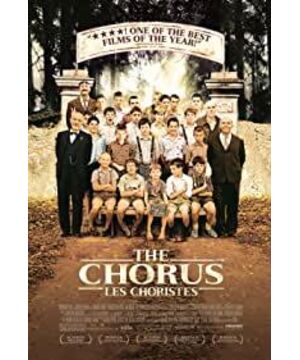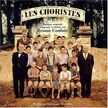-A brief analysis of the audio-visual language of "Spring in the Cattle Class" "The direction of darkness, the light of hope; the warm pillow of life, the alley of glory. The joys of childhood are fleetingly lost and forgotten, and a splendid golden light shines at the end of the trail. "Spring in the Cattle Class, directed by Christopher Bharati, tells a story of "love" for the audience through the perspective of teacher Matthew. The film does not have a grand background and intense scenes, but focuses on the growth of small people and praises the selflessness and tolerance of teachers. The director presents a heartwarming story through unique audio-visual language skills, while bringing reflections on education. The perfect combination of sound and picture not only promotes the development of the plot, but also highlights the emotions of the characters. At the beginning of the film, Matthew goes to the "Tangdi" school. The soundtrack is a looming female voice harmony, which is ethereal and long, lasting three minutes, disappearing briefly in the middle, and reappearing after a few minutes, forming a coherence in the auditory sense, allowing the audience There is a sense of substitution. The piano, cello, violin and other music are combined with the vocal chorus, which is filled with classical flavor, which is in line with the film environment. At the same time, the children's chorus also reflects the innocent and lovely characters of the children here and the beauty of life under the leadership of Matthew, reflecting that the children in the "problem school" also have a childlike nature. Dialogue can reflect the character of a character, a simple line can also have a profound meaning. The director uses the daily dialogue to shape the image of the key characters of the film invisibly. The same line often appears in the film, namely "make a mistake - punishment", which appears six times from different teachers. In the case of explaining usage, demonstration, etc., this line reminds the audience again and again that this is a cold school, lacking a humanized management system, but taking mistakes as the only standard, punishment as the only means, and management Lack of love makes children more rebellious and more likely to be punished. This is a vicious circle. In such a campus environment, resistance is ineffective, let alone achieve the purpose of "teaching and educating people". The singleness of children's demands and management is inherently contradictory. Therefore, the arrival of Matthew and the new education method are like a spring breeze, which brings out the power of music and love, and brings vitality and vitality to the school. In the film, the application of color is manifested in the change of tone. The overall tonal contrast is very obvious, with gray and white in the first half of the film and warm colors in the second half, and the two are under different tones. The fog, trees, and buildings in winter make people feel chilled and cold, and when spring and summer come, the warm colors and bright tones make the film present a warm and comfortable atmosphere and convey a positive attitude. Apart from seasonal changes, The director shows the changes in the school, students, principals, including Matthew himself, from before Matthew came to Tangdi to before he was dismissed, from cold and gray to warm and bright, showing the characters. The huge change of mood, the application of this color also reflects the director's opposition to the principal's "oppressive education" and his approval of the "warm and loving" education of the teacher Matthew. Different from the solemn audio-visual, "Spring in the Cattle Class" is simple and natural, more like an elegant poem, gentle and natural. The image of Matthew actually represents the image of the "enlightenment teacher". Before Matthew's arrival, Tangdi School was more like a prison. The closed iron gate made people unable to see hope. His arrival ignited the light of hope for the children. Just like the lamp, it ignites light in the dark and blooms hope in despair.
View more about The Chorus reviews








